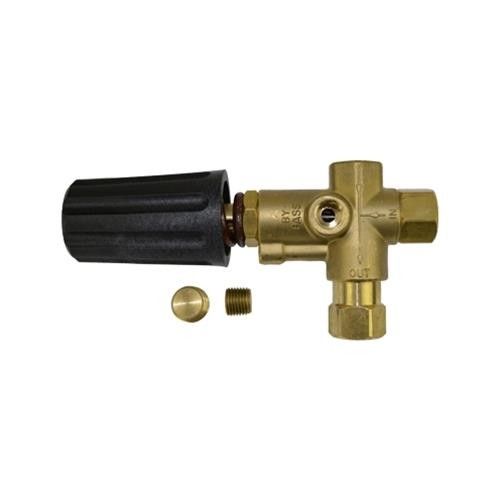If you would like more control over the pressure of a liquid, gas, or steam in your pump system, you will need to select the right pressure-reducing regulator. When used correctly, a regulator will help maintain pump pressure and extend the life of your pump to keep it running smoothly for years to come. It’s important to know what regulator size is appropriate for your application.
Regulator Size Factors
In order to properly size a pump pressure regulator and calculate the Cv range, there are several factors to be aware of. Cv, also known as the flow coefficient, is the flow equal to the gallons per minute (gpm) of water at a standard temperature (60 degrees F) that will flow through a valve with a pressure drop of 1 psi. There are several variables that go into choosing the correct size regulator you need for your application.
Pressure Upstream of the Regulator
Also known as upstream pressure, supply pressure, and inlet pressure. What will the inlet pressure be going from the pump head into the regulator?
Pressure Downstream of the Regulator
Also known as downstream pressure outlet or control pressure set point (ex. 100 psi) or range (ex. 15-20 psi). This is the pressure you are attempting to control. In other words, what do you want the pressure to be set at? The difference between the upstream and downstream pressure is known as the pressure drop or pressure differential.
Flow Range
Find out the minimum, maximum, and normal flow the pressure regulator can handle to make sure that the regulator is not over or under sized.
Other Regulator Size Factors
Find out the minimum and maximum temperature of the pressure regulator. Also consider what type of fluid is going through the regulator. Sizing formulas are different for liquid, gas, or steam.





